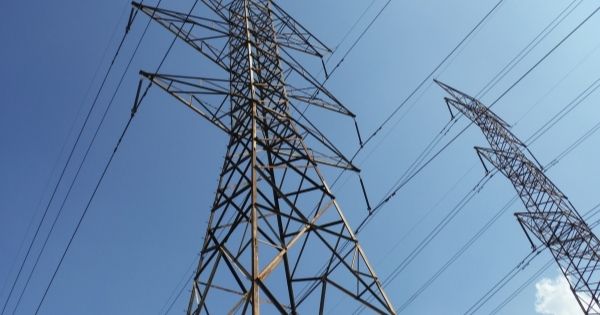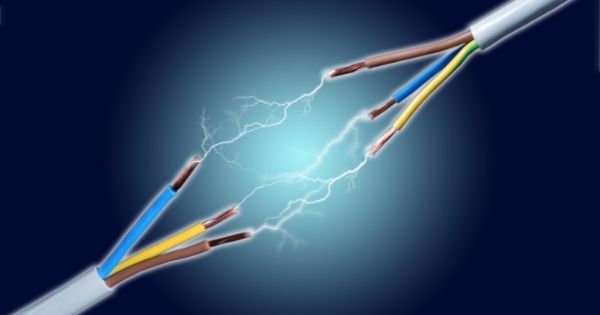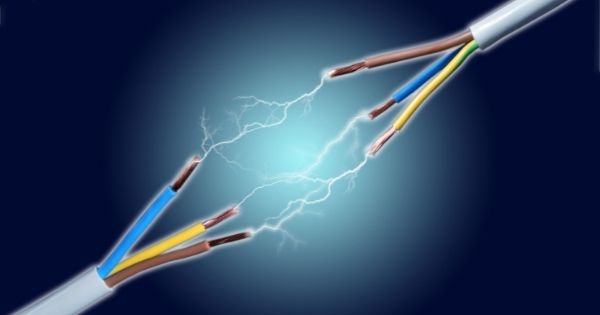PROGRAM SCHEDULE
Ref No: EE 105 Program Name: Masterclass: Start – Up, Commissioning & testing of Electrical Systems
| Starts | Ends | Venue | Fees | Join Now |
| 29 Apr 2024 | 03 May 2024 | Dubai, UAE | $ 4,750 | Registration Closed |
| 09 Sep 2024 | 13 Sep 2024 | Dubai, UAE | $ 4,750 | |
| 05 May 2025 | 09 May 2025 | Dubai, UAE | $ 4,750 | |
| 08 Sep 2025 | 12 Sep 2025 | Dubai, UAE | $ 4,750 |
PROGRAM DETAILS
Program Content
Module 1: Generation of Power and Generating Plants
- Introduction
- Advantages of Electrical Energy
- Sources of Energy
- Generation of Electrical Power
- Conventional Power Plants
- Steam Power Plants
- Hydroelectric (Hydel) Plants
- Nuclear Power Plants
- Diesel Power Plants
- Comparison of Various Power Plants
Module 2: Load Characteristics
- Energy Requirements
- Variable Load on Power Station
- Load Curves
- Definitions, Terms and Factors
- Feeder Load
- Load Curves
- Selection of Generating Units
- Base Load and Peak Load on Power Station
- Method of Meeting the Load
- Load Types
- Load Forecasting
Module 3: Economics of Power Generation
- Introduction
- Economics of Power Generation
- Choice In Type of Generation
- Capital Cost of Plants
- Cost Of Electrical Energy
- Methods of Depreciation Calculation
- Effect of Load Factor On Unit Energy Cost
Module 4: Tariff
- Introduction
- Tariff- Definition and Characteristics
- Types of Tariff
- Numericals
Module : Supply Systems
- Introduction
- Generation, Transmission and Distribution
- Important Points
- Star Delta Connections
- Comparison Between A.C. and D.C. Systems of Transmission and Distribution
- Comparison Between Overhead and Underground Systems Of Transmission and Distribution
- High Voltage (H.V.) D.C. Transmission
- Advantages Of H.V.D.C. Transmission
Module 6: Transmission Systems
- Introduction
- Advantages of Transmission at High Voltage
- Limitations of High Transmission Voltages
- Economical Transmission Voltage
- Economical Size of Conductor – Kelvin’s Law
- Limitations of Kelvin’s Law
- Numericals
- Various Transmission Systems
- Calculation of Volume of Copper Required For Various Overhead Systems
- Calculation of Volume of Copper Required For Various Underground Systems of Transmission
- Comparison of Volumes of Copper
Module 7: Distribution Systems
- Introduction
- Distribution System
- Classification Of Distribution Systems
- Requirements Of A Good Distribution Scheme
- Overhead Versus Underground System
- C. Distribution
- Booster
- Types Of Loading
- Types Of Distributors
- Distributor Fed at One End : (Concentrated Loading)
- Numericals
- Distributor Fed at One End (Uniformly Loaded)
- Numerical
- Distributor Fed at Both Ends (Concentrated Loading)
- Numerical
- Distributors With Uniformly Distributed Loads and Fed at Both Ends
- Numerical
- Distributor (Uniformly Loaded) Fed at the Centre
- Numerical
- Three Wire Dc System
- Numericals
- Ring Distributor
- Numericals
- AC Distribution
- AC Distribution Calculations
- Numerical
Module 8: Underground Cables
- Introduction
- Underground Cables
- Construction of Cables
- Insulating Materials For Cables
- Classification of Cables
- Solid Type Cables
- Laying of Underground Cables
- Insulation Resistance of a Single-Core Cable
- Capacitance of a Single Core
- Dielectric Stress of a Single Core Cable
- Economical Conductor Size For a Cable
- Grading of Cables
- Capacitance of Three Core Cables
- Failure of Underground Cables
- Power Factor of Cable
- Location of Short Circuit and Open Circuit Faults
Module 9: Conducting an Energy Audit
- Introduction
- Sources of Energy
- What is an Energy Audit?
- Energy Audit Programs
- Benefits of Energy Audit
- Energy Audit Approach
- Energy Audit Characteristics
- Worksheet (1)
Chapter 10: Basic Concepts
- Alternating Current Circuits
- Instantaneous Power (p)
- Complex Power
- Power Triangle
- Power Factor
- Capacitor Construction and Operation
- Loss Angle or Tan d
- Exercises: Power Calculations of Loads
Module 11: Power Factor Improvement – General
- Introduction
- Causes of low power factors
- Known loads power factors
- Annual power factor penalty
- Unfavorable effects of low power factor loads
- Capacitor price simple payback
- Power factor improvement
- Capacitor sizing
- Economic considerations of power factor improvement
- Power analyzer
Module 12: Industrial Application Of Capacitors
- Introduction
- Power Factor Improvement for Power Transformer
- Power Factor Improvement for Induction Motors
- Automatic Control of Capacitors
- Steps and Stage Size Considerations
- Microprocessor controlled capacitor
- Harmonics and harmonic filters
- Power Factor Improvements for Welding Plant and Arc Furnaces
Module 13: Capacitor Location, Installation And Protection
- Capacitor Location
- Capacitor Installation
- Making a Capacitor Element
- Making Capacitor Unit From Elements
- Making Capacitor Banks From Capacitor Units
- Capacitor Fusing
- Precautions Against Overvoltages on the Failure of Some Units
- Capacitance Unbalance Detection
- Over Current and Short Circuit Protection
- Protection of Series Capacitors
- Capacitor Operation Problems and Solutions
- Checking Capacitor Banks for Failed Capacitors
- Test Requirements
- Capacitor Maintenance
Module 14: Application of Power Capacitor in Power System
- Effects of Capacitors on Power Supply Circuits
- Application of Shunt Capacitors to Power Supply Systems
- Application of Series Capacitors to Power Supply Systems
- SCADA Controlled Multi-Step Automatic Controlled Capacitor Banks & Filter Banks
- Applications
Module 15: SVC and Reactive Power Control
- Introduction
- Reactors
- What Are Static VAR Compensators?
- Types of Static VAR Compensators
- Basis of Selection of Compensator Type
- Static VAR Compensators Thyristors
- SVC’s Control Technique
- Applications of SVC
- Design of SVC Parameters






